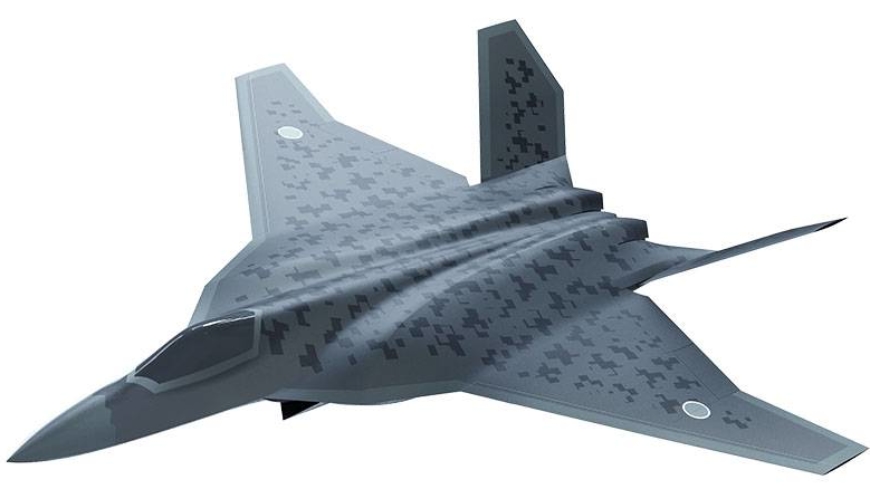Common airframe to be developed for Tempest and F-X
The merger of Japan’s and the United Kingdom’s next-generation air combat systems programs (the F-X and Tempest, respectively) is cemented following the decision to jointly develop a common airframe.

According to the Yomiuri Shimbun newspaper, joint development of a next-generation fighter jet for Japan and the United Kingdom will likely involve a common airframe. Preparations to integrate the development plans are in the final stages, say the sources consulted.
See also: UK and Japan want to merge Tempest and F-X fighter programs
The two governments have made the decision, after concluding that joint development of a common airframe could reduce costs because the requirements for the new fighter for the Japan Air Self-Defense Force (JASDF) and the Royal Air Force (RAF) are nearly identical, several government sources argued.
The Japanese government will include the related costs in the budget request for the fiscal year starting April 2023 and decide on the development overview by the end of this year.
Japan plans to introduce the next-generation fighter in the mid-2030s, when the F-2 fighter begins to be retired from service. The goal is to develop a stealthy aircraft, equipped with high-performance radars and sensors, capable of operating with a large number of unmanned aircraft in combat.
Japan initially sought the support of U.S. defense contractor Lockheed Martin Corp. for the new fighter, but the deals fell through.
See also: F-X: Japan moves away from Lockheed Martin and towards BAE Systems
And the UK had Sweden and Italy as original partners in the Tempest program, but that partnership fizzled out over time.
In turn, Japan looked to the UK aerospace industry for the industrial partner it needed to develop its F-X program. Eventually Tokyo and London reached such a degree of understanding that they decided to merge the two programs.
Both governments appear to have concluded that it would be desirable to develop the same airframe for both programs, as the requirements are very similar, and both aircraft were expected to fly for the first time around 2035.
The joint effort is also expected to reduce costs and improve production efficiency.
Italy, which had already expressed interest in a possible participation in the F-X program, is also considering joining the joint Japan-UK project. In fact, Leonardo’s British subsidiary is working with Mitsubishi Electric on the JAGUAR project to equip the F-X and Tempest with new-generation sensor systems.
See also: Leonardo UK and Mitsubishi Electric move forward with JAGUAR sensor project
Lockheed Martin’s involvement is expected to be limited to ensuring interoperability with U.S. military aircraft.


Para comentar, debés estar registradoPor favor, iniciá sesión